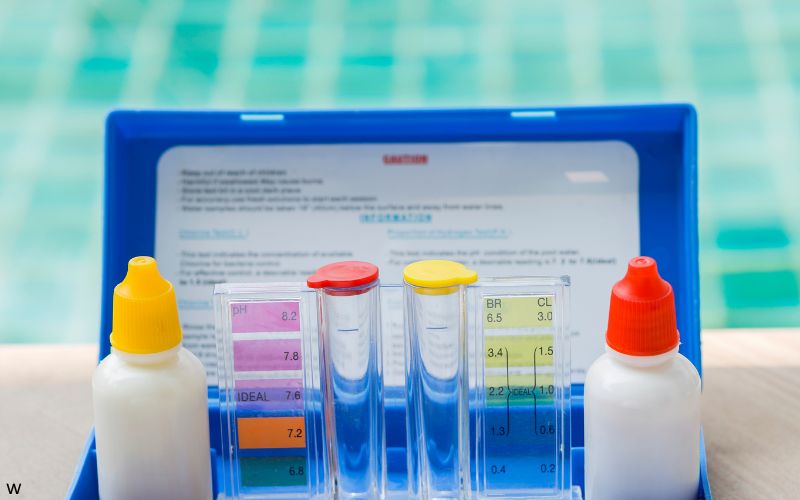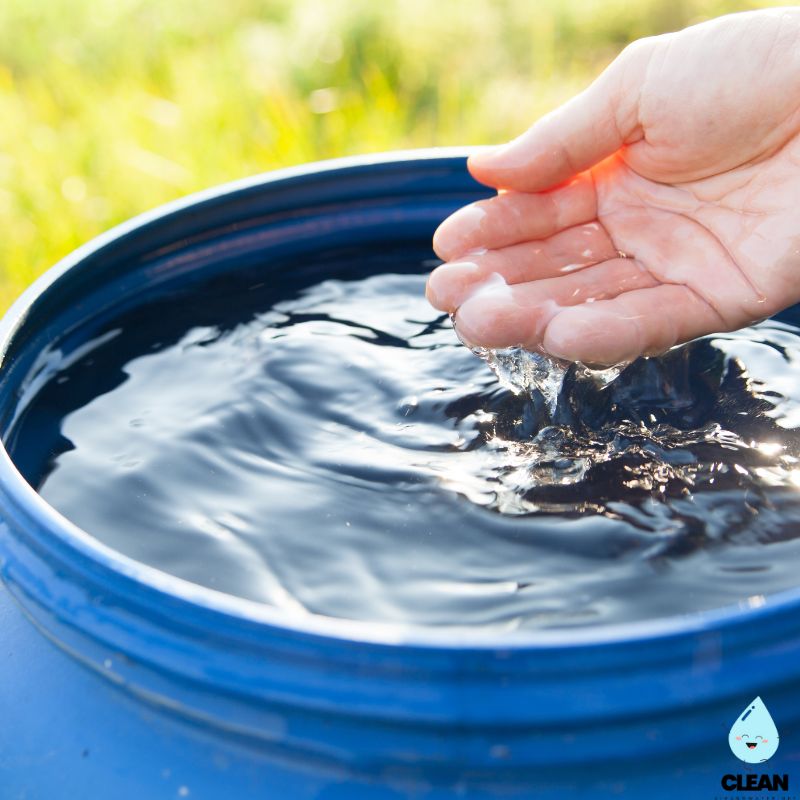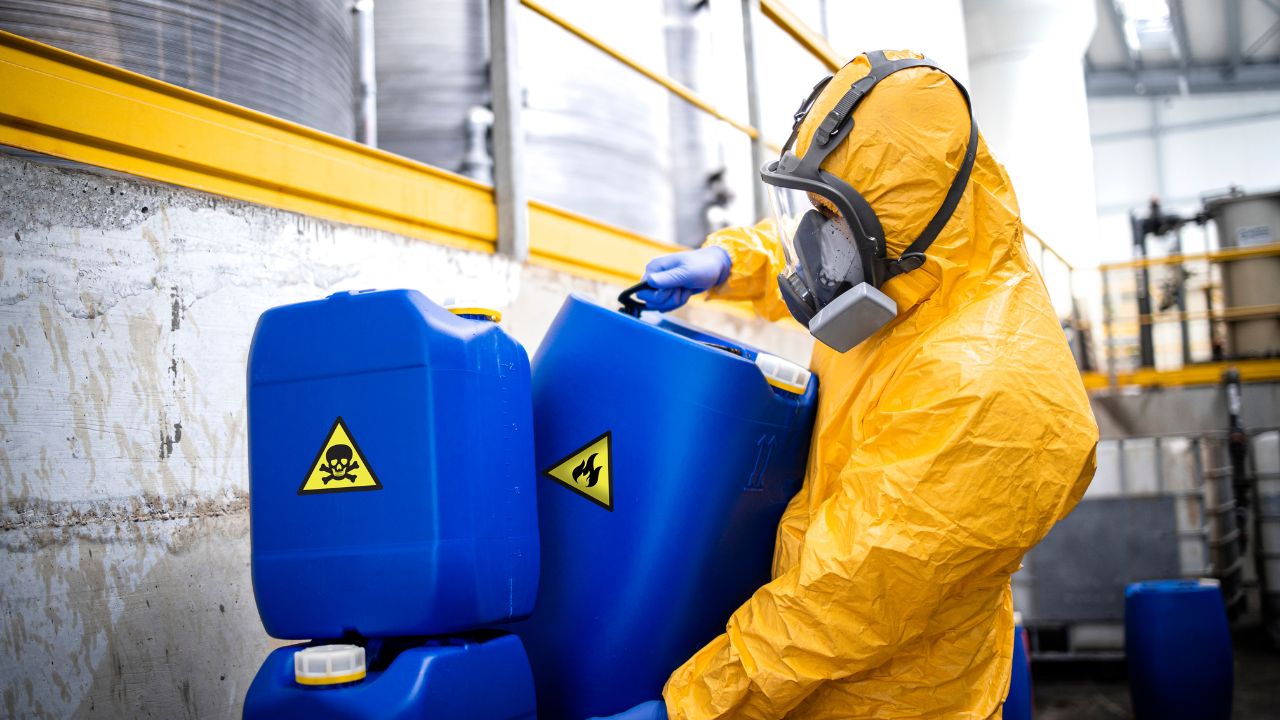Arlington, Texas Water Quality at a Glance
significant concerns
Is Arlington, Texas Water Safe to Drink?
Generally Yes, With Caution – Arlington’s water meets federal standards, but the city faces emerging PFAS contamination with 2 samples from Pierce-Burch Water Treatment Plant exceeding EPA limits in 2023. Additional concerns include disinfection byproducts (trihalomethanes, haloacetic acids) and hard water minerals. Arlington has invested $125+ million in recent water infrastructure improvements.
⚠️ Key Concerns for Arlington Residents
- PFAS “Forever Chemicals”: 2 of 54 samples exceeded EPA limits at Pierce-Burch facility in 2023
- Regional Context: Arlington is among 49 Texas water systems with PFAS above federal limits
- Disinfection Byproducts: Trihalomethanes, haloacetic acids, and bromate from chlorination process
- Water Hardness: High mineral content (though lower than neighboring Fort Worth)
Read the full report below for detailed analysis, city-specific data, and actionable recommendations for Arlington residents.
Arlington – Texas – Water Quality Report 2025: PFAS Testing, Infrastructure Concerns & Safety across your city
Arlington Water Utilities provides comprehensive water services to approximately 401,000 residents across the city of Arlington, Texas, located in the heart of the Dallas-Fort Worth metroplex. As Texas’s seventh-largest city and the 50th largest in the United States, Arlington operates a sophisticated water system that encompasses over 1,300 miles of water distribution lines, multiple treatment facilities, and advanced infrastructure that delivers an average of 64 million gallons of drinking water daily during peak summer months.
Arlington sources its drinking water from the Tarrant Regional Water District, drawing from four major reservoirs: Cedar Creek, Richland-Chambers, Lake Arlington, and Lake Benbrook. The water is treated at two state-of-the-art facilities – the John F. Kubala Water Treatment Plant (with a capacity of 97.5 million gallons per day) and the Pierce-Burch Water Treatment Plant (36 million gallons per day during operational months). Arlington’s water consistently meets all federal and state quality standards, though the rapidly growing metropolitan area faces ongoing challenges with water conservation, infrastructure modernization, and emerging contaminants like PFAS. The utility has implemented significant investments in water treatment technology, including a new $12.3 million Laboratory Services and Maintenance Building, and conservation initiatives to ensure sustainable water supply for future generations.

Arlington Water Quality: Current Status (2024-2025)
Latest Testing Results
- PFAS Monitoring: Recent testing at Arlington’s Pierce-Burch Water Treatment Plant detected PFOS levels just above EPA’s new 4 parts per trillion limit in June and September 2023, though annual averages remain below regulatory thresholds.
- Testing Scope: Arlington conducts comprehensive water quality testing throughout the system, including monitoring at both treatment facilities and throughout the 1,300-mile distribution network.
- Compliance Status: Arlington’s water consistently meets all federal and state drinking water standards, maintaining compliance with EPA and Texas Commission on Environmental Quality regulations.
Water Sources
- Tarrant Regional Water District: Arlington purchases treated water from TRWD, which sources from four major reservoirs providing system redundancy and reliability.
- Cedar Creek & Richland-Chambers: Primary reservoirs located east of Dallas, connected by over 250 miles of pipelines that transport water back to Tarrant County.
- Lake Arlington & Lake Benbrook: Local reservoirs providing additional supply security and storage capacity for the regional water system.
Advanced Treatment Technology
- John F. Kubala Plant: The primary treatment facility operates continuously with a capacity of 97.5 million gallons per day, utilizing ozone as the primary disinfectant, aluminum sulfate coagulation, and granular activated carbon filtration.
- Pierce-Burch Plant: The secondary facility operates seasonally during high-demand months, processing 36 million gallons daily with advanced treatment processes including chloramine disinfection.
- Water Quality Characteristics: Arlington produces some of the softest water in Texas, averaging 5 grains per gallon hardness, significantly lower than other major Texas cities.
Infrastructure Modernization
- Laboratory Expansion: New $12.3 million Laboratory Services and Maintenance Building opened in August 2024, featuring advanced testing equipment and enhanced quality control capabilities.
- Distribution System Improvements: Ongoing infrastructure investments include water main replacements, smart monitoring systems, and automated leak detection throughout the 1,300-mile network.
- Emergency Preparedness: Advanced real-time monitoring systems and 24/7 facility staffing ensure rapid response to system emergencies and water quality issues.
Customer Protection Initiatives
Arlington Water Utilities provides extensive customer support through various programs, including 24-hour emergency response at 817-459-5900 and customer service at 817-275-5931. The utility offers educational outreach through partnerships with the Tarrant Regional Water District and Arlington Public Library, including free DIY workshops on plumbing and sprinkler system maintenance. Arlington’s commitment to transparency includes annual water quality reports and the innovative Arlington Water Utilities University program, which educates residents about water infrastructure and operations. The utility’s proactive approach to emerging contaminants, including PFAS monitoring and treatment planning, demonstrates its dedication to providing safe, reliable drinking water while preparing for future challenges including rapid population growth and climate variability.
Recommendations for Arlington Residents

Monitor Water Quality
Stay informed about Arlington’s water quality by reviewing annual water quality reports at ArlingtonTX.gov/water. Contact customer service at 817-275-5931 for questions about water quality or to report taste and odor concerns.

Conserve Water
Participate in Tarrant Regional Water District’s conservation programs and visit SaveTarrantWater.com for tips on indoor and outdoor water savings. Attend free DIY workshops at Arlington Public Library locations.

Consider Home Filtration
While Arlington’s water meets all standards, homes concerned about PFAS or other emerging contaminants may benefit from NSF-certified filters (Standard 53 and P473) for drinking and cooking water.

Join Educational Programs
Apply for Arlington Water Utilities University, which offers residents behind-the-scenes tours and education about water infrastructure. Contact the utility about upcoming educational workshops and conservation programs.

Report Issues
Contact Arlington Water Utilities 24/7 emergency line at 817-459-5900 for water main breaks or emergencies. Use 817-275-5931 for general customer service, billing questions, or non-emergency water quality concerns.
Frequently Asked Questions
Is Arlington’s tap water safe to drink?
Yes, Arlington’s tap water meets all federal and state drinking water standards. The city’s water comes from four major reservoirs managed by the Tarrant Regional Water District and undergoes comprehensive treatment at two state-of-the-art facilities.
Arlington Water Utilities conducts extensive testing throughout the system to ensure water quality. Treatment processes at both the John F. Kubala and Pierce-Burch plants incorporate multiple barriers against contaminants, including ozone disinfection, coagulation, filtration, and chloramine treatment. The utility’s commitment to water quality is demonstrated by its new $12.3 million laboratory facility and transparent reporting through annual water quality reports available to all customers.
Why is Arlington’s water softer than other Texas cities?
Arlington’s water has an average hardness of only 5 grains per gallon, much softer than other major Texas cities, due to its water sources and treatment processes:
1. Source water quality: The Tarrant Regional Water District’s reservoir system produces naturally softer water compared to groundwater sources used by other Texas cities
2. Treatment processes: Advanced treatment at both plants, including the use of granular activated carbon filtration, helps maintain the soft water characteristics
3. Regional advantages: The reservoir system east of Dallas provides higher quality source water with fewer dissolved minerals
This soft water is beneficial for household appliances, soap effectiveness, and reduced mineral buildup in plumbing systems. The quality reflects the Tarrant Regional Water District’s sophisticated treatment and distribution system.
What is Arlington doing about PFAS in the water?
Arlington is actively addressing PFAS (forever chemicals) contamination following new EPA regulations:
• Current status: Two samples from the Pierce-Burch plant in 2023 showed PFOS levels just above the EPA’s 4 parts per trillion limit, though annual averages remain below regulatory thresholds
• Monitoring program: Comprehensive testing is ongoing at all treatment facilities as part of EPA’s nationwide PFAS monitoring requirements
• Treatment planning: Arlington is evaluating advanced treatment technologies, including granular activated carbon and membrane filtration systems, to address PFAS contamination
• Timeline: Under EPA regulations, solutions to reduce PFAS contamination must be implemented by 2029
Arlington’s new laboratory facility provides enhanced testing capabilities for PFAS and other emerging contaminants, ensuring proactive monitoring and response.
How does Arlington ensure water supply during droughts?
Arlington maintains water supply security through multiple strategies coordinated with regional partners:
Multiple Source Strategy:
• Four major reservoirs (Cedar Creek, Richland-Chambers, Lake Arlington, Lake Benbrook) provide system redundancy
• Tarrant Regional Water District’s 50-year water supply plan ensures long-term resource availability
• Emergency interconnections with neighboring systems provide backup supply options
Conservation Efforts:
• Regional conservation programs save 50 million gallons per day across North Texas
• Educational outreach and efficiency programs reduce per-capita water demand
• Advanced monitoring systems detect leaks and reduce water loss throughout distribution
The Integrated Pipeline project, jointly operated with Dallas Water Utilities, will add 350 million gallons per day capacity when fully operational.
Quality News About Your Water
Get the comprehensive water quality news coverage you need with our dedicated US Water News Service. From coast to coast, we deliver in-depth reporting and expert analysis on PFAS contamination, EPA regulatory changes, infrastructure developments, and emerging water safety issues affecting communities nationwide. While mainstream media only covers the biggest stories, we provide the detailed, ongoing coverage that helps you understand the full scope of America’s water challenges. Whether you’re a concerned citizen, water professional, or community leader, our daily updates and analytical insights keep you informed about the issues that matter most to public health and environmental safety.
Contaminants of Concern

PFAS Compounds
Source: Per- and polyfluoroalkyl substances originating from industrial processes, firefighting foams, and consumer products that can enter source waters through the regional reservoir system
Health Effects: Research suggests potential concerns including impacts on immune system, thyroid function, cholesterol levels, and possible links to certain cancers
Current Status: Detected at low levels with some exceedances at Pierce-Burch plant; Arlington is evaluating advanced treatment technologies including granular activated carbon and membrane filtration EPA Limits: 4 parts per trillion for PFOS and PFOA individually; treatment compliance required by 2029

Disinfection Byproducts
Source: Formed when disinfectants such as chloramine react with naturally occurring organic matter in source water; may be more prevalent during warmer months when demand is higher
Health Effects: Long-term exposure to elevated levels may increase risk of certain cancers and potentially affect liver, kidney, and central nervous system
Current Levels: Monitored regularly throughout the distribution system with levels maintained below EPA maximum contaminant levels EPA Limits: 80 ppb for total trihalomethanes (TTHMs) and 60 ppb for haloacetic acids (HAA5)
Please read – our information
The information presented on cleanairandwater.net is compiled from official water quality reports, trusted news sources, government websites, and public health resources. While we strive for accuracy and thoroughness in our presentations, we are not scientists, engineers, or qualified water quality professionals.
Our mission is to present water quality information in an accessible, real-world format that helps people understand what’s in their water and make informed decisions about their health and safety. We believe that complex environmental information should be available to everyone in a format that’s easy to understand.
We make every effort to ensure our content is current and accurate, but we cannot guarantee that all information is complete or error-free. This website should not replace official communications from your local water utility or health department. We always recommend consulting official sources for the most up-to-date information regarding your specific water system.
Clean Air and Water is not liable for any unintentional errors, omissions, or outdated information. The content on this site is provided for informational purposes only and should not be considered professional advice.


